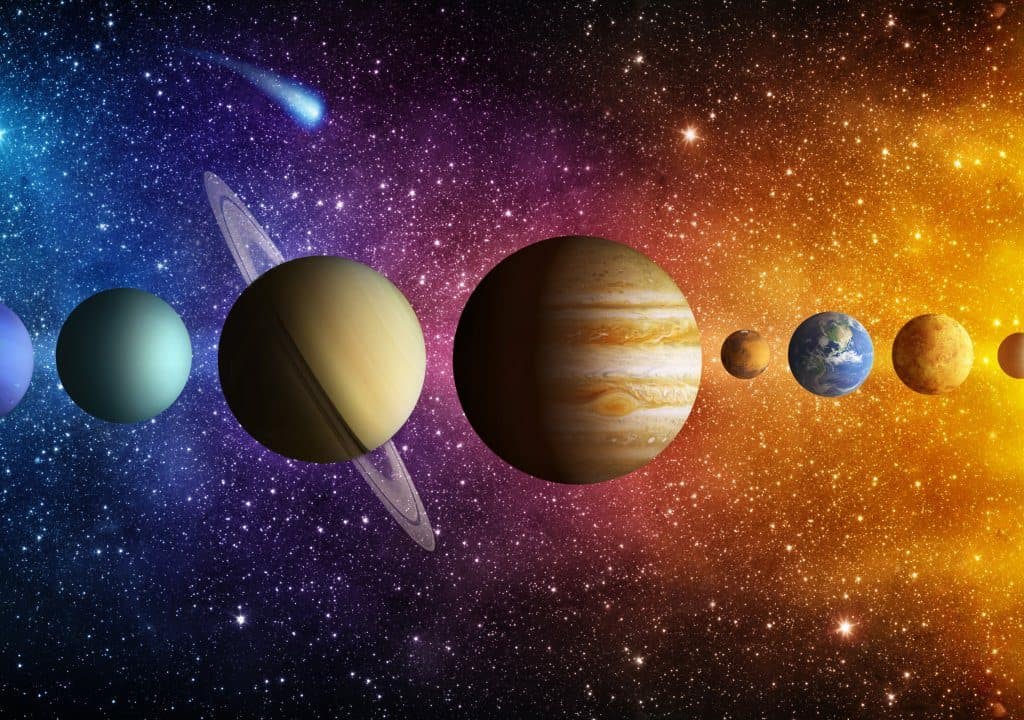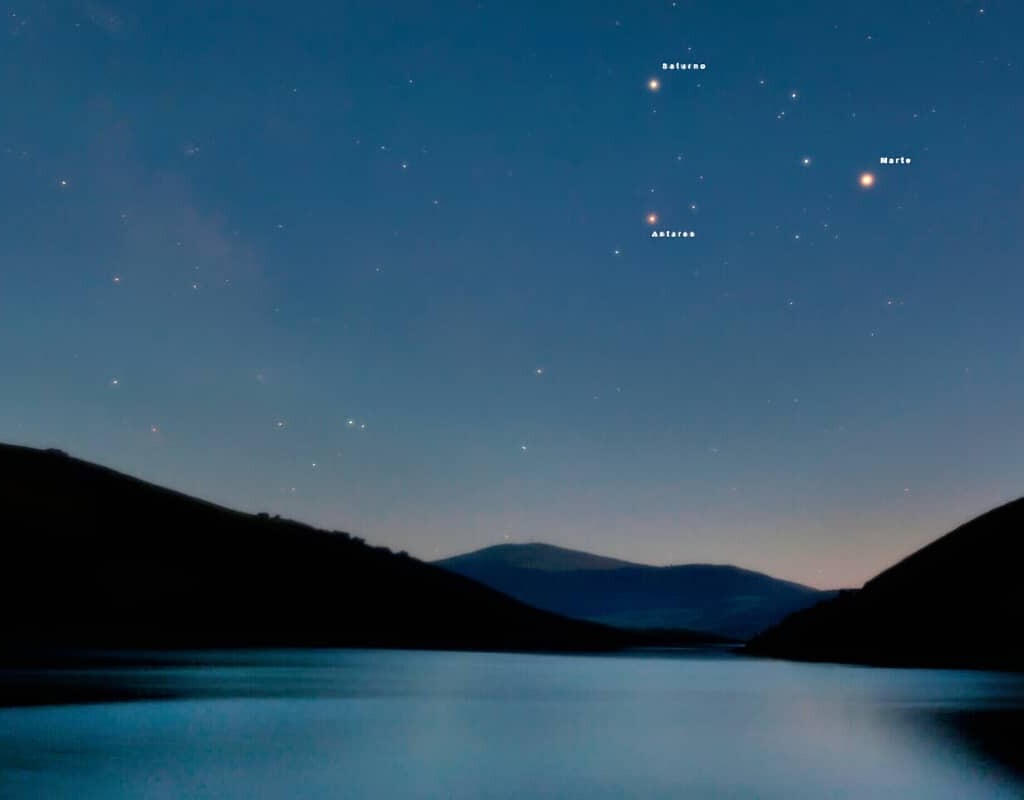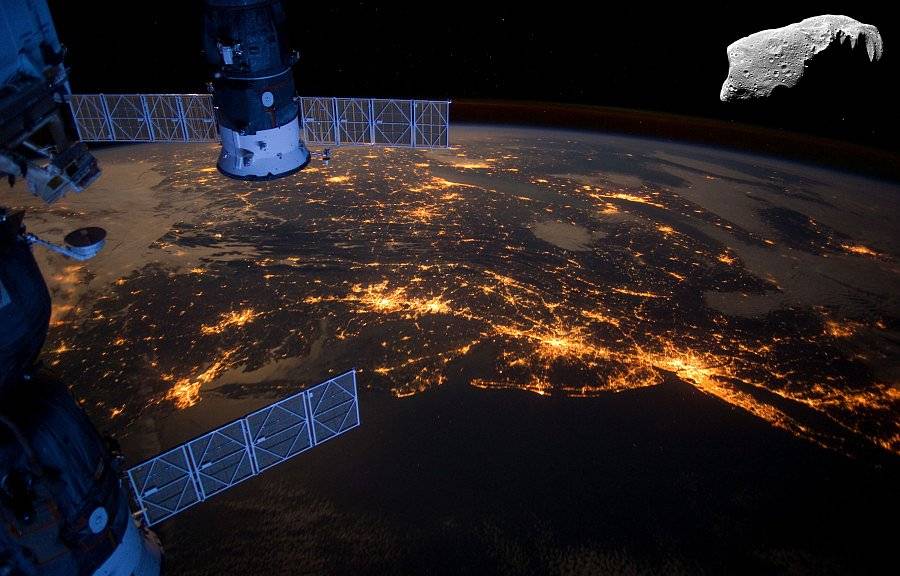Discover the fascinating story behind Comet ISON, a celestial marvel that promised to dazzle the world. Astronomers eagerly anticipated its spectacular show, only to face unexpected twists. Will the tale of ISON’s journey towards the Sun captivate your imagination? Dive into the astronomical event that had the world looking up in wonder.
The Discovery of Comet ISON: An Unforgettable Astronomical Finding
The orbit of the comet, named C/2012 S1 ISON, was determined thanks to previous images taken on December 28, 2011 at the Mount Lemmon Survey observatory and another image taken on January 28, 2012, from Pan-STARRS.
Using both reports, they could calculate its position with some certainty. Preliminary observations of its orbit suggested that the comet would reach its perihelion on November 28, 2013, at a distance of 0.012 AU (1,800,000 km; 1,100,000 mi) from the Sun’s center.
This celestial body had the potential to become one of the most spectacular in history when it passed close to the sun. Some predictions indicated it would outshine the moon and be visible in broad daylight.
Given a solar radius of 6.955×10^5 km, the comet would approach approximately 1,100,000 kilometers (680,000 mi) from the Sun’s surface.
If this happened, ISON would capture the world’s attention and become a sensation, but comets are unpredictable and often disappoint by taking unexpected paths.
The show would also end if the comet disintegrated during its approach to the sun. If this didn’t happen, its size could be comparable to the Great Comet of 2007 C/2006 P1, the Great Comet of 1680, or also comparable to C/2011 W3 (Lovejoy).
ISON’s Orbit: Positioning and Predictions of the Millennium Comet
According to calculations by Russian researchers, Comet ISON was quite far at that time, in the constellation of Gemini, near Jupiter’s orbit, moving between the heads of the twins Castor and Pollux.
On November 28, 2013, the comet would come within 1.2 million kilometers of the Sun’s surface, at approximately 425,000 kilometers per hour.
Possible Destinies of Comet ISON: Disintegration or Celestial Spectacle
The comet could disintegrate like many others, which would be a huge disappointment, or it could survive and provide one of the most incredible celestial spectacles ever seen.
If it survived, a magnificent tail would emerge from the ball of ice and rocks, making it one of the most spectacular comets ever seen. All indications pointed to it being as bright as Mars and possibly several times brighter than the Moon.
During the day, it would be visible in the sky right next to the sun, one of the most spectacular sights in history.
A Show for the Northern Hemisphere: ISON’s Impact on Astronomical Observation
The views would be better in the northern hemisphere and because of the dates when it would appear, it drew a parallel with the biblical star that guided the wise men from the east to Bethlehem. By the summer of 2013, astronomers would already know if ISON was as promising a visitor as it seemed.
If everything went as expected, the comet would be visible from Earth. Preliminary observations showed that the comet would pass 0.07 AU (10,000,000 km; 6,500,000 mi) from Mars on October 1, 2013 and come within 0.4 AU (60,000,000 km; 37,000,000 mi) of Earth on December 26, 2013.
Its orbit was a thin hyperbola with the vertex very close to the Sun. In November 2013, two comets, ISON and the periodic comet Encke, shone in Earth’s sky.
The Final Fate of ISON: Disintegration
Unfortunately, Comet ISON did not meet the expectations of becoming an impressive celestial spectacle. As it approached the Sun on November 28, 2013, ISON disintegrated due to intense radiation and solar tidal forces.
Although there were initial hopes that a small fraction of the nucleus might have survived, it was confirmed that the comet did not withstand the close passage to the Sun and completely disintegrated. This outcome was a great disappointment for astronomers and the public who were expecting a memorable astronomical show.
The disintegration of Comet ISON serves as a powerful reminder of the volatile and unpredictable behavior of celestial bodies. Though it didn’t become the astronomical spectacle many anticipated, ISON’s journey provided valuable insights and sparked widespread interest in cometary science. The tale of ISON continues to inspire and intrigue astronomers and stargazers alike.




